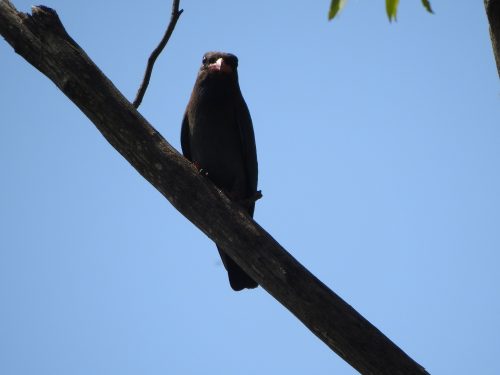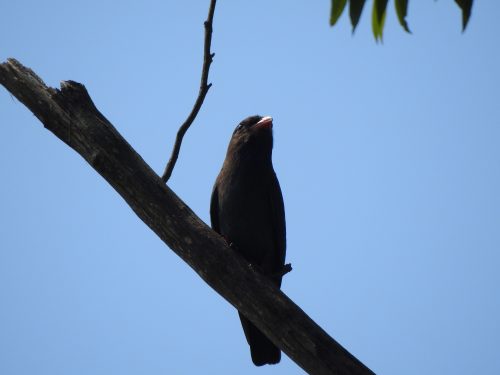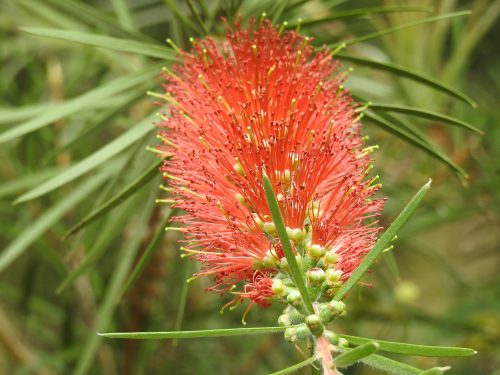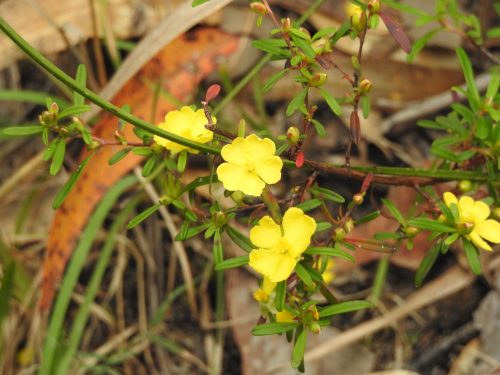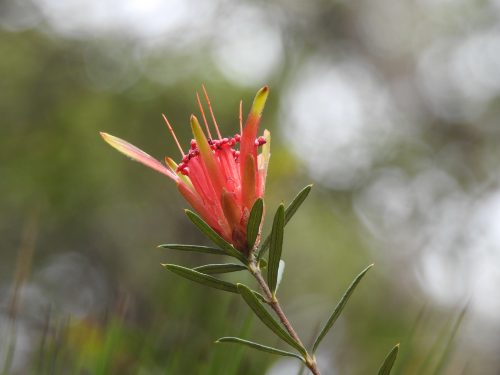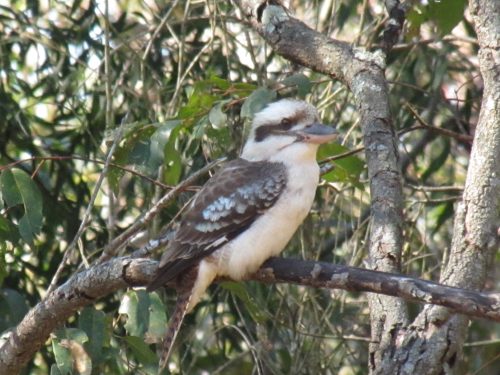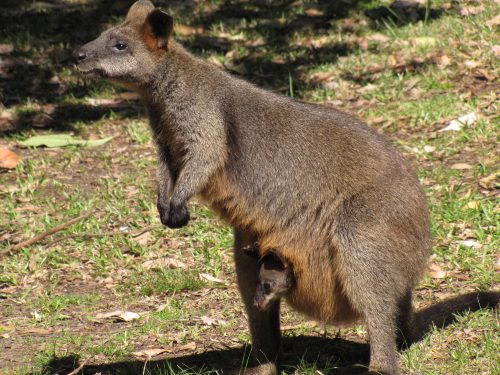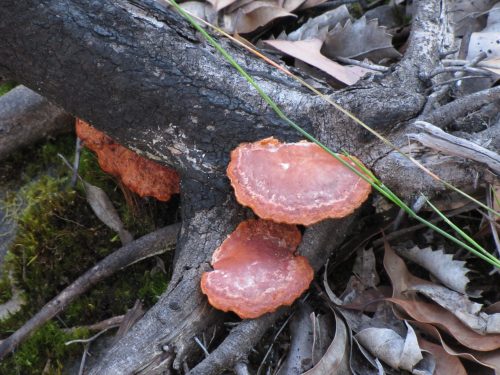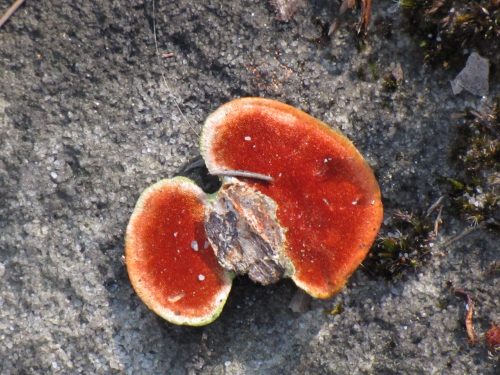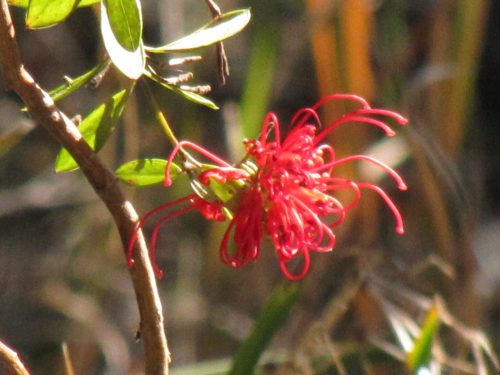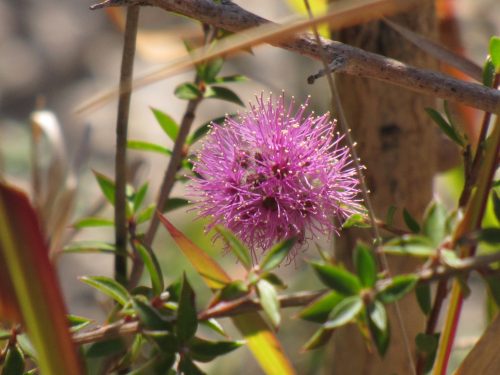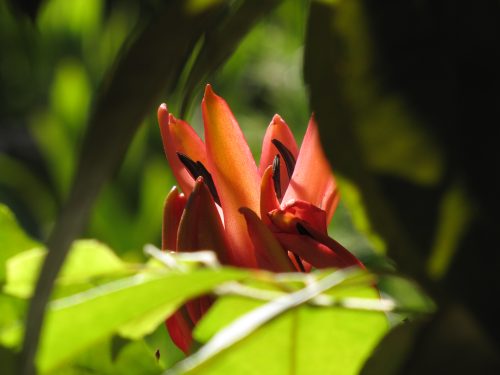A Ringneck mealtime
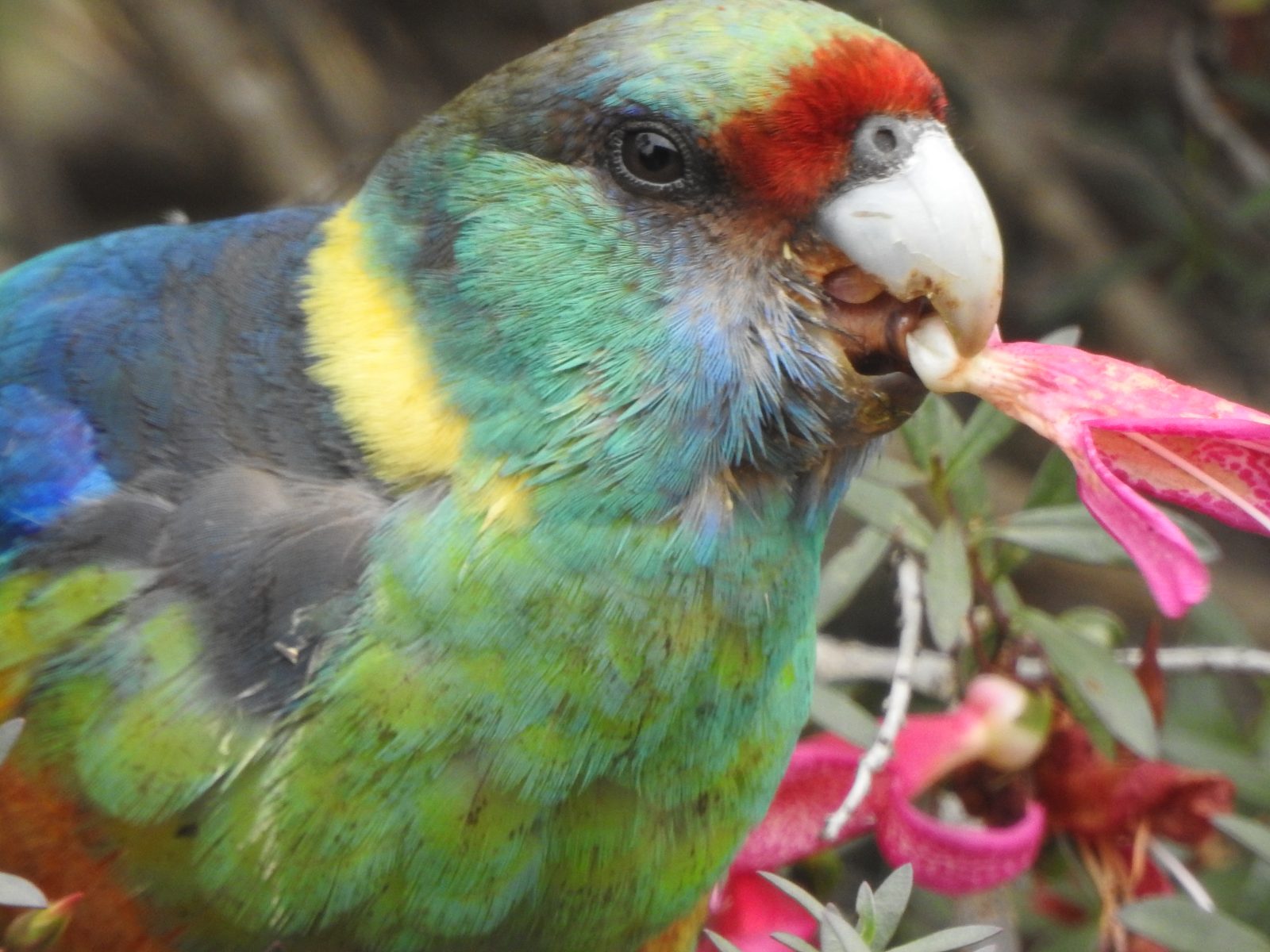
Mallee Ringneck parrots
Australian Ringneck Parrots are one of many colourful and common members of the parrot family in Australia. There are several sub-species of the ringnecks in Australia and the one I have resident in my garden is the Mallee Ringneck, named after their favoured habitat, the eucalypt trees known as mallee trees. I regard this species as a resident bird because I observe them almost every day on my 5-acre property on the edge of Murray Bridge, South Australia. They have also nested in one of the hollows in one of my trees.
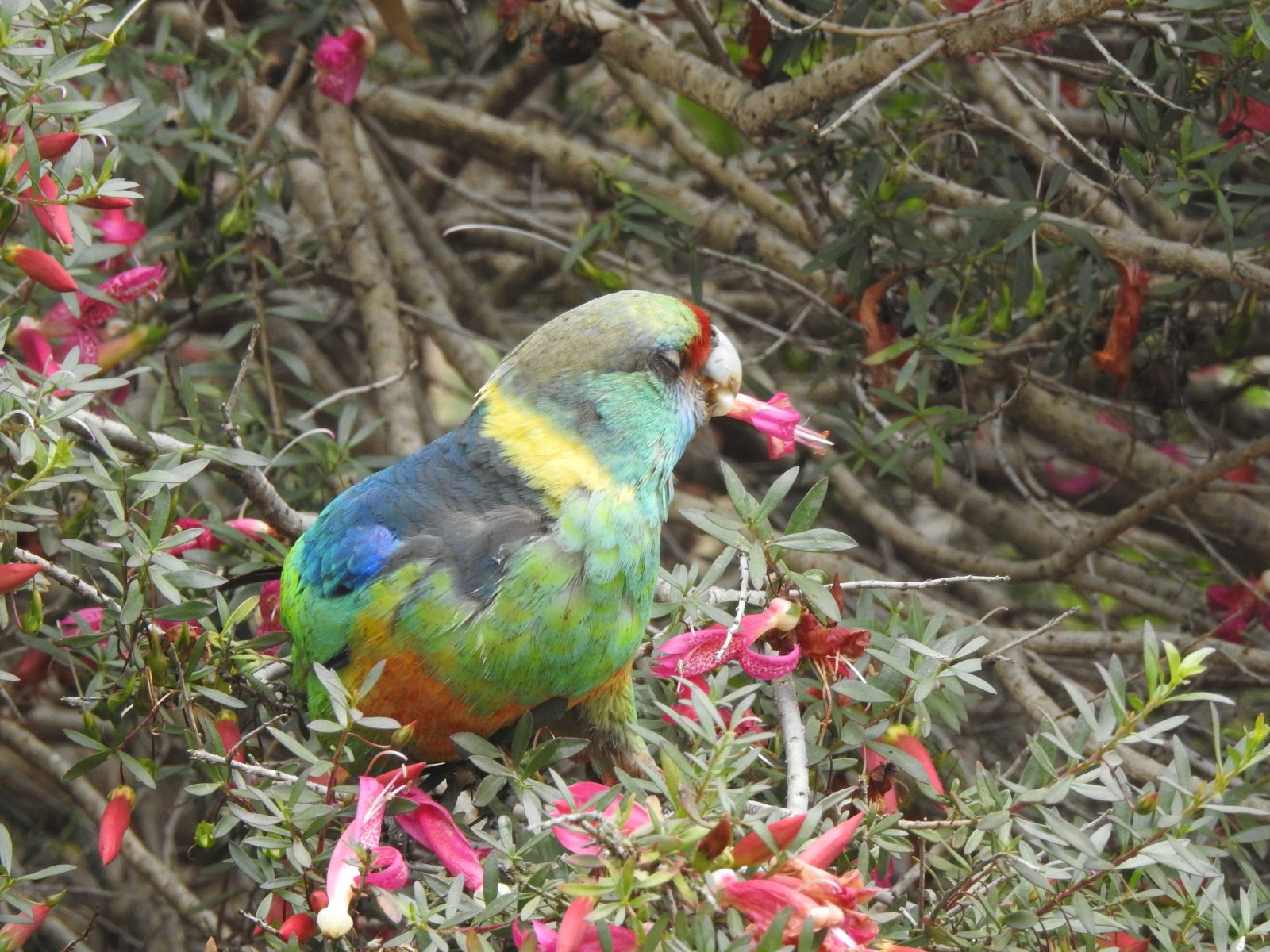
Eremophila flowers
I have a number of Eremophila plants in my garden and they are all prolific when flowering, often covering the whole bush. When my wife was still alive she also loved this family of Australian native plants and she had the foresight to plant quite a few around the garden. The plant shown in today’s photos is quite close to the front door. I can stand near the window or door and observe the birds feeding on the flowers without them being aware of my presence. Of course, the many honeyeaters in my garden also like these flowers.
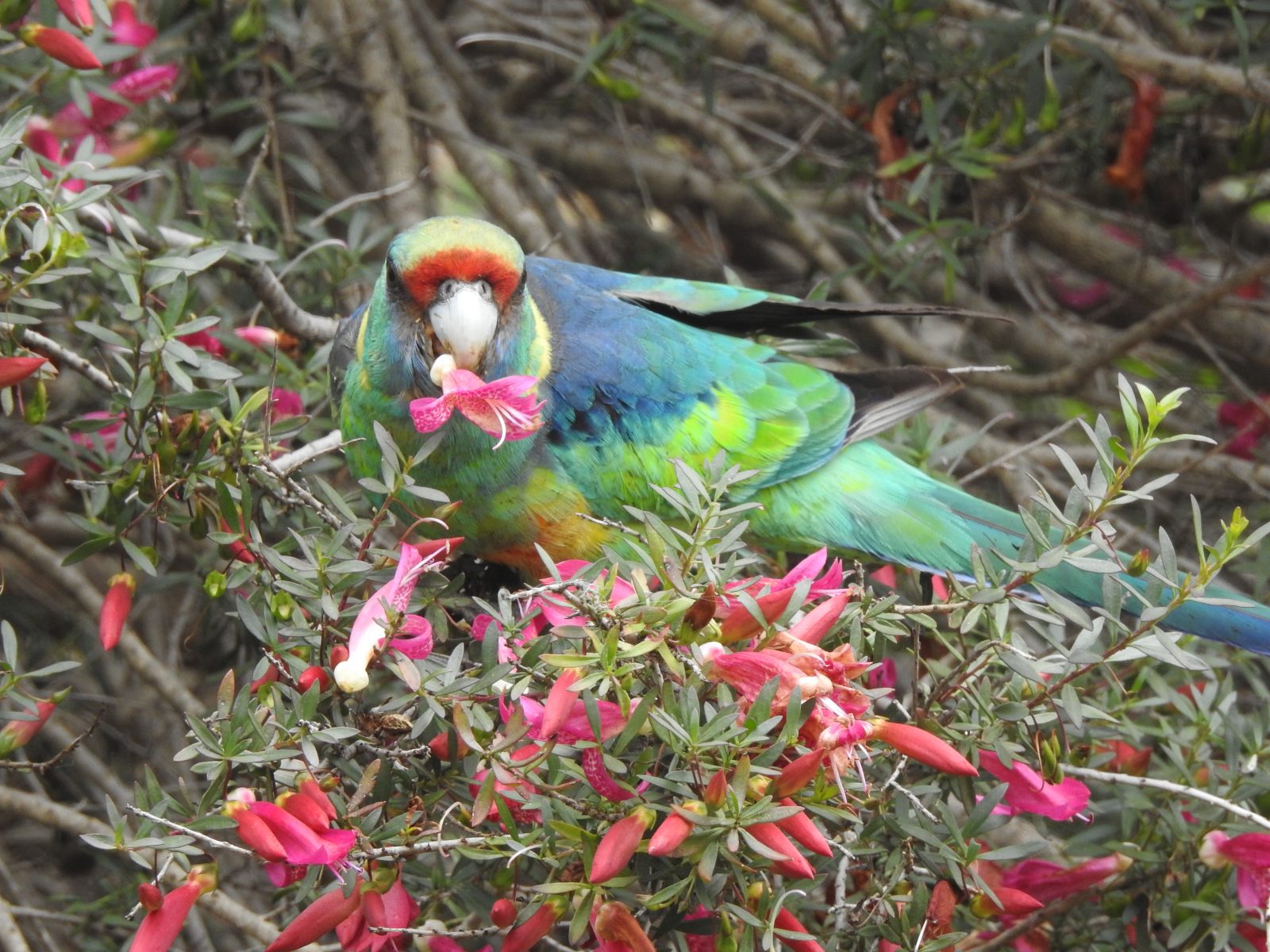
I love seeing the ringnecks flying around my garden and feeding on the various bushes in flower. They can be a little noisy at times, especially when three or four – or even more – decide to kick up a ruckus.
However, I do not appreciate the way they treat my pear trees when they have fruit on them. A few days ago I found out that they had been chewing at the green fruit. The pears are not much bigger than marbles, yet they seem to enjoy chewing on them. I guess that it is a small price to pay for having such a beautiful bird enjoying my garden.
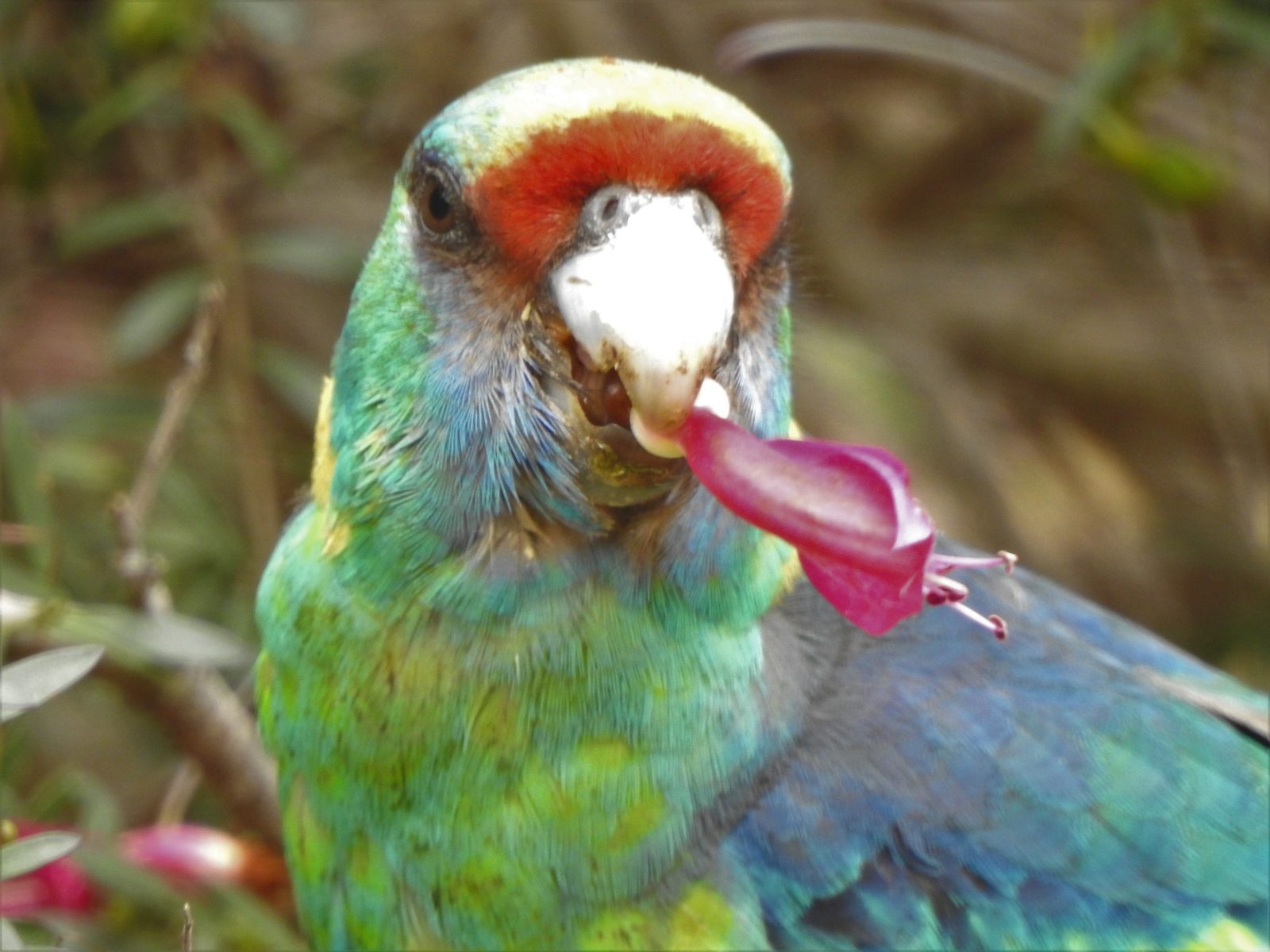
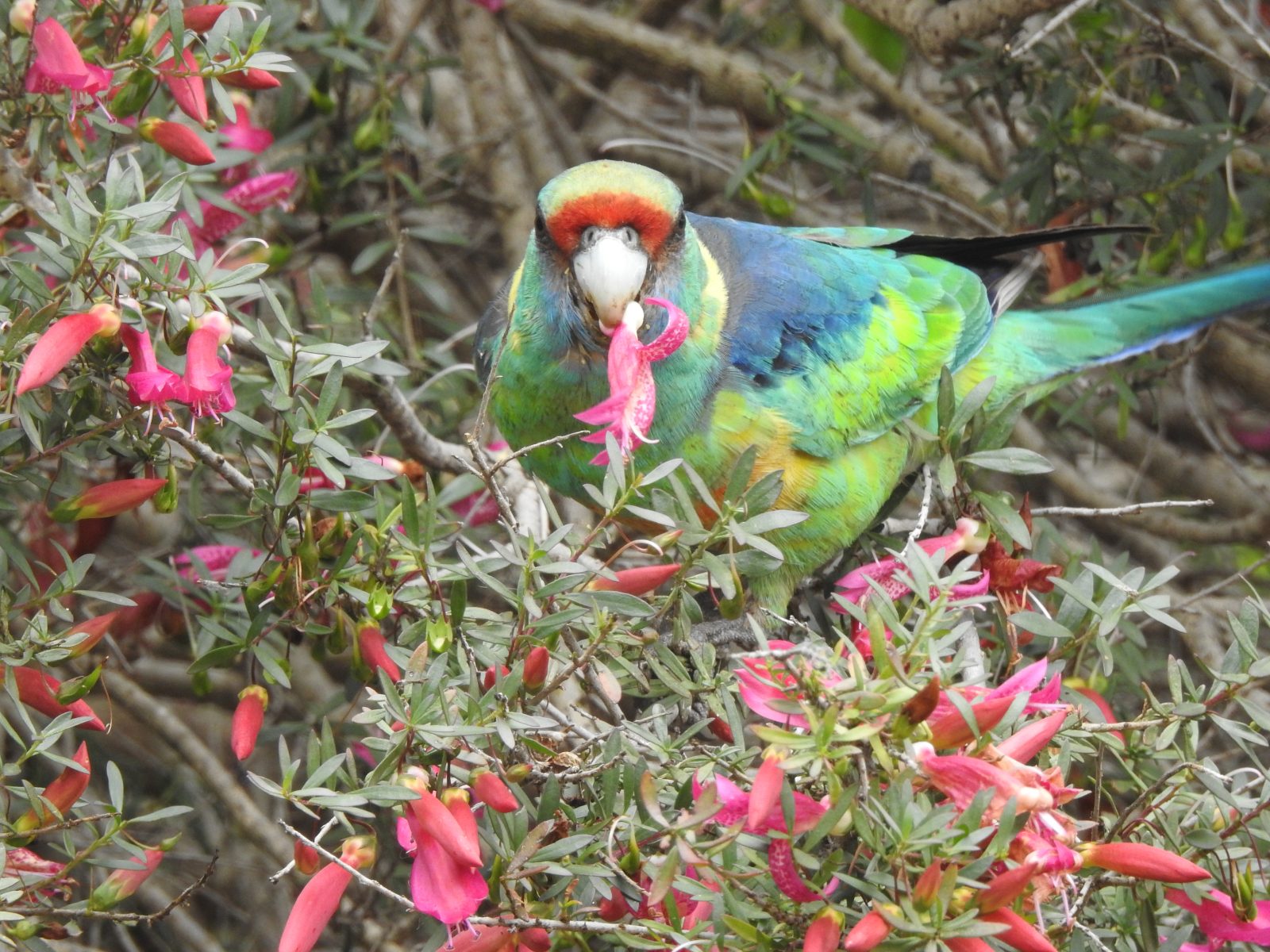
A short visit to Royal National Park
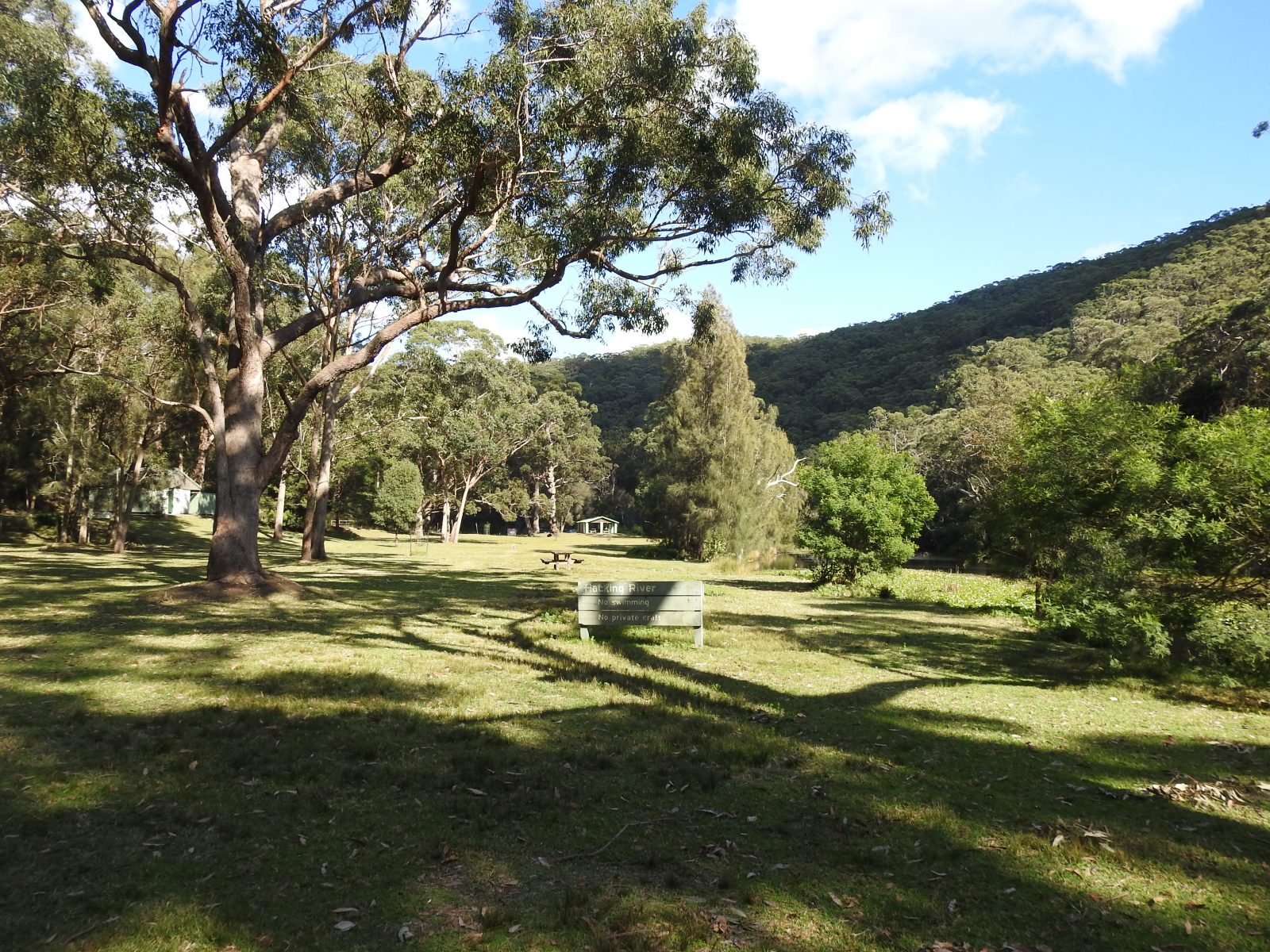
After my visit to my son and family in Sydney in May of last year, I travelled south and followed the south coast of New South Wales and Victoria on my way home. As you might have gathered from my opening sentence, I am over a year behind in sharing my bird and travel photos here.
On my way south I took a detour into the Royal National Park, Australia’s first declared national park and the second oldest national park in the world. Over the many trips we have made to Sydney we have visited this park on a number of occasions. Because of its size and many and various attractions, visitors could spend many days exploring its beauties. I am sure that nearby residents have spent a lifetime enjoying its wild beauty.
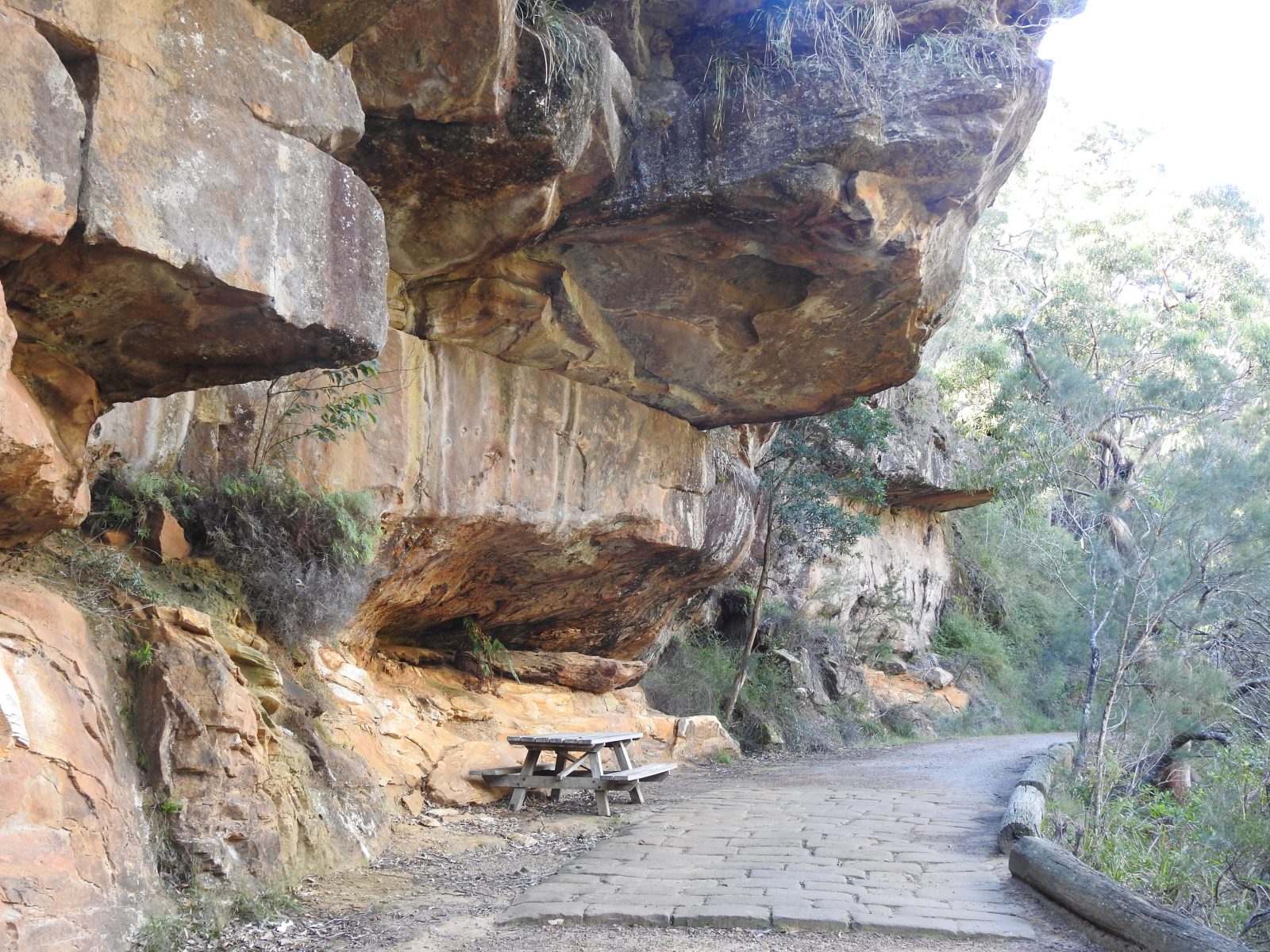
After enjoying a cuppa for morning tea I went exploring along Lady Carrington Drive. I distinctly remember my very first walk along this walking/cycle track many years ago. I was told that this was a reliable site to see Lyrebirds. Indeed, I did see a Lyrebird on the occasion, casually following me along the track. That was my very first ever sighting of the species. I was so shocked that I forgot to take a photo. On this most recent visit, I was disappointed not to have that early experience repeated.
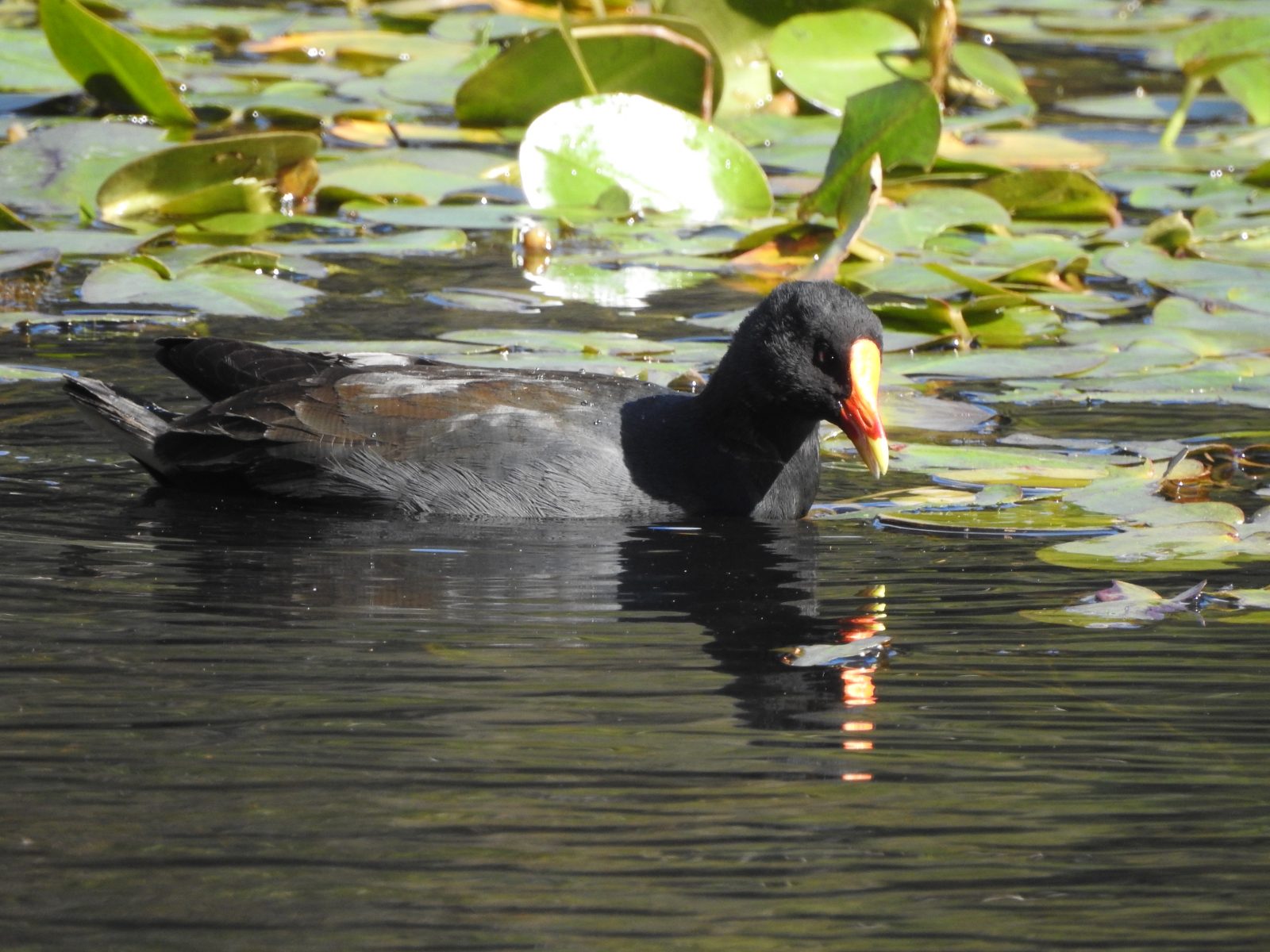
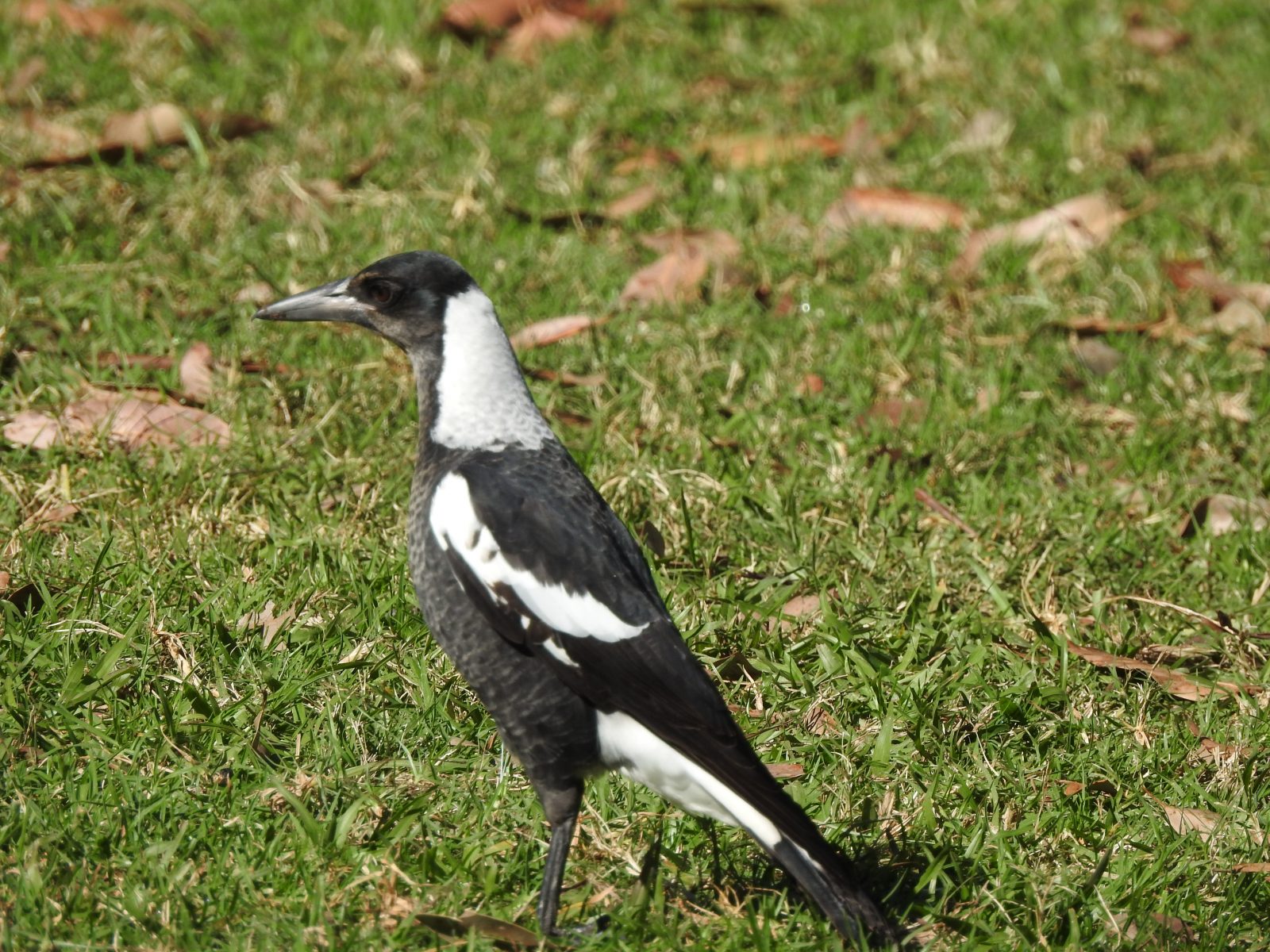
The picnic areas and walking track in this part of the park are adjacent to the Hacking River. While I was able to get a reasonable list of birds seen and heard in the area, not many of the individuals present were generous enough to come out and pose for my camera. That is why I also like to take shots of our native plants as well. They tend not to fly away while I focus my camera.
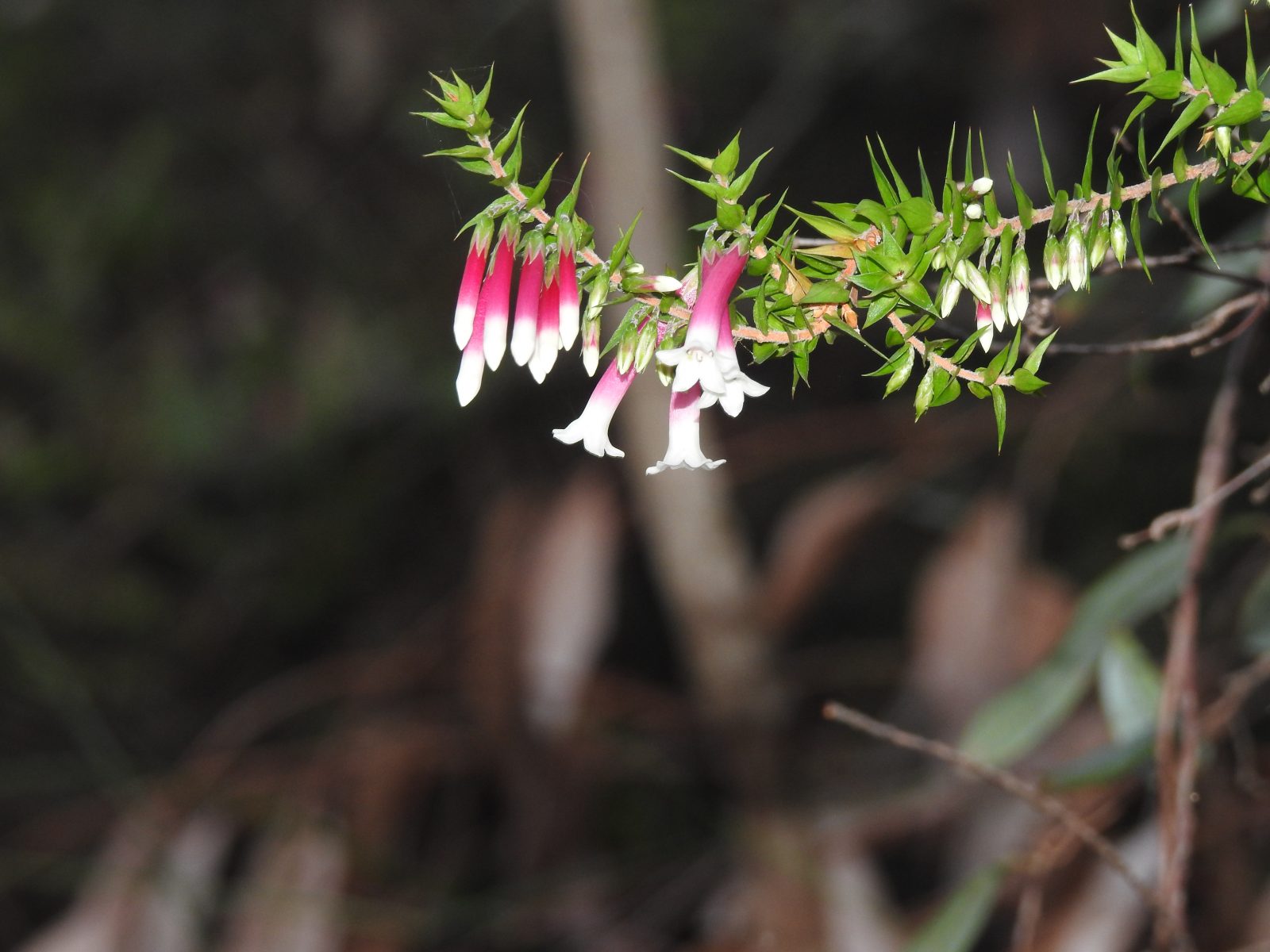
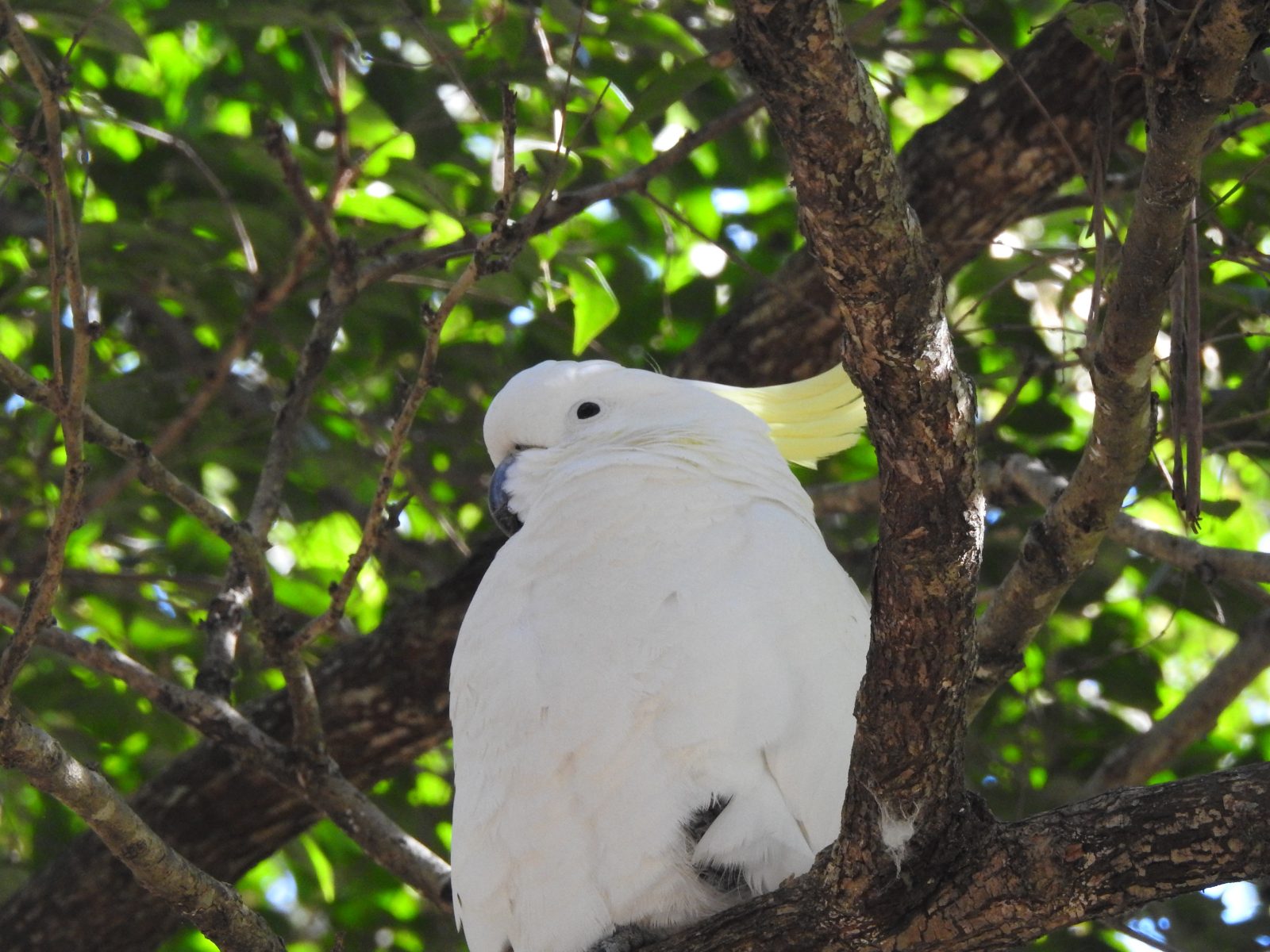
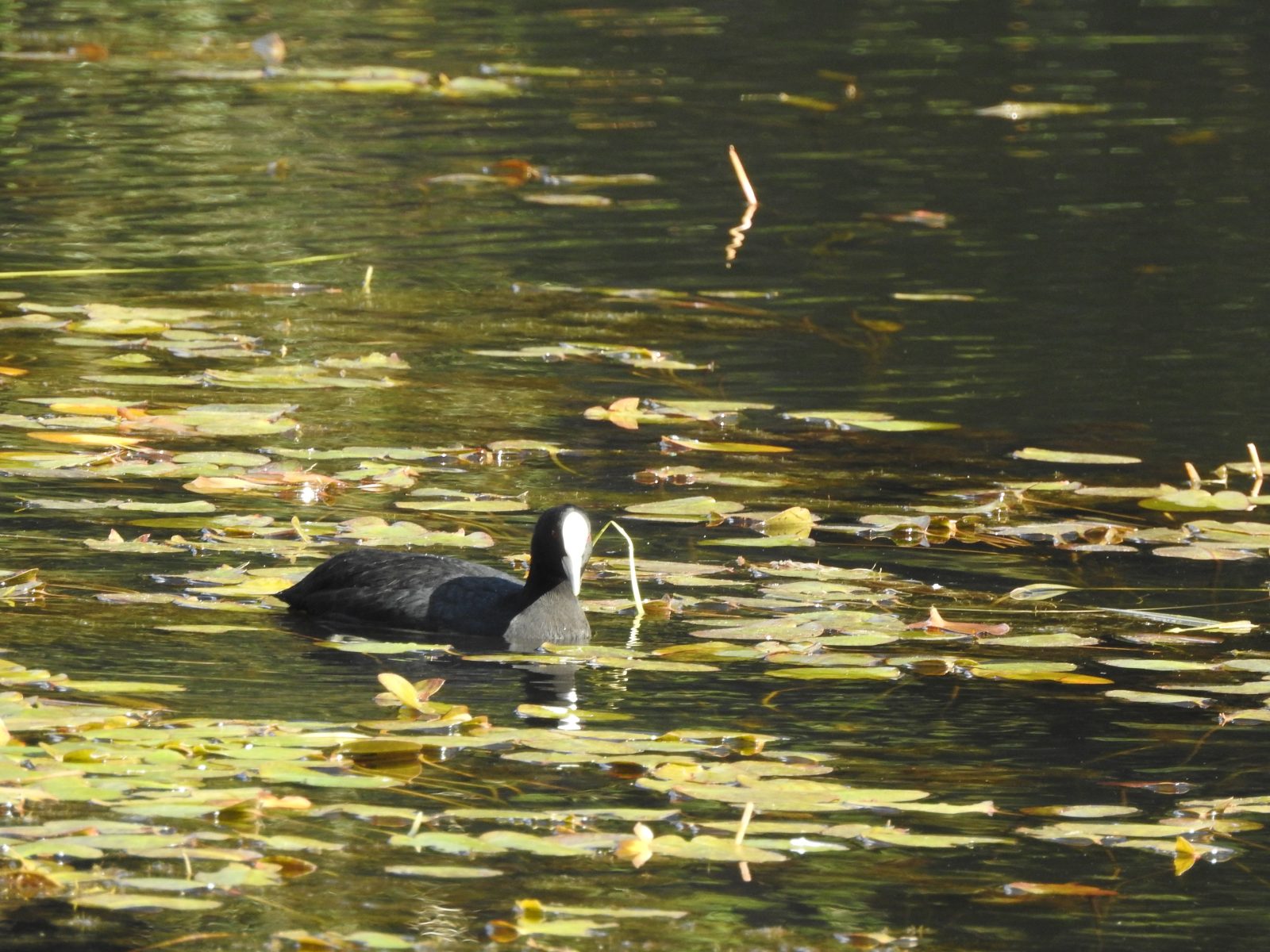
Noisy Miner up close
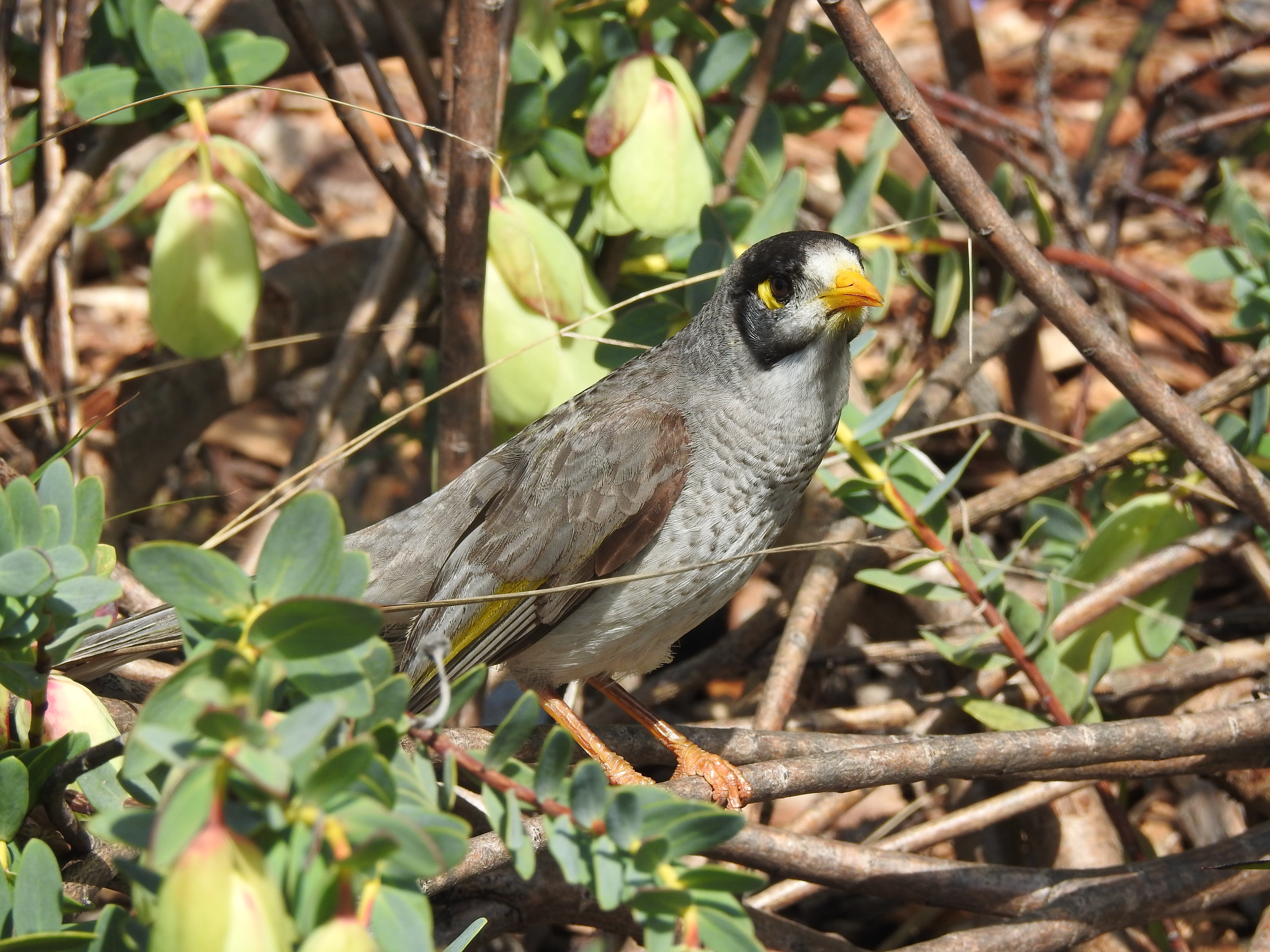
I am currently staying with my son and family in Sydney. Before arriving at his home I spent a few hours taking photographs and doing some birding in the Australian Botanic Gardens at Mount Annan. These beautiful gardens are situated in the south-west of Sydney. The plants are certainly worth seeing, especially in spring when so many are in full bloom. The birding is also very rewarding.
While I was taking plenty of photos of the many plants in flower (see photos below), I came across a very cooperative Noisy Miner. It was busily feeding on the nectar in one of the plants and was certainly unconcerned that I was barely a metre away, snapping away with my camera. It certainly makes bird photography easy when you get cooperative birds like this one. It is generally a very bold species, quite accustomed to being in contact with humans.
Food
The Noisy Miner is a member of the honeyeater family of birds. They usually feed on nectar which is generally in plentiful supply in our Australian native plants. They will also eat fruit and insects.
Habitat and distribution
Noisy Miners are a common species found throughout eastern Australia from northern Queensland through much of New South Wales, Victoria and South Australia. They are also present in Tasmania. They are found in open bushland, woodlands and forests. They have adapted well to life in parks and gardens in urban areas, often supplanting our smaller birds species through their aggressive nature. They are bold enough to take on much larger birds like magpies and ravens.
Further reading:
Rainbow Lorikeet in the “Moonlight”
Australian Museum article on the Noisy Miner
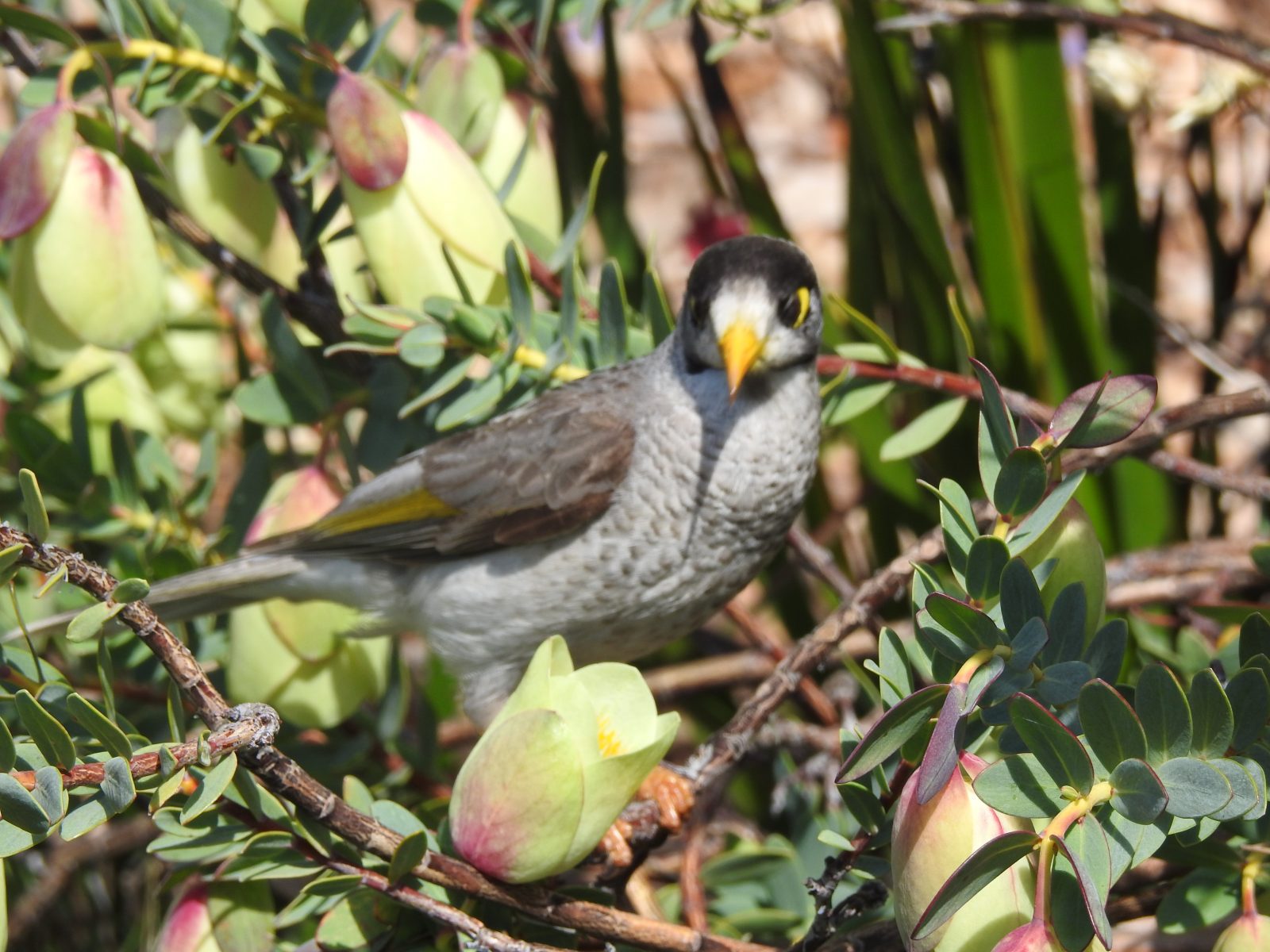
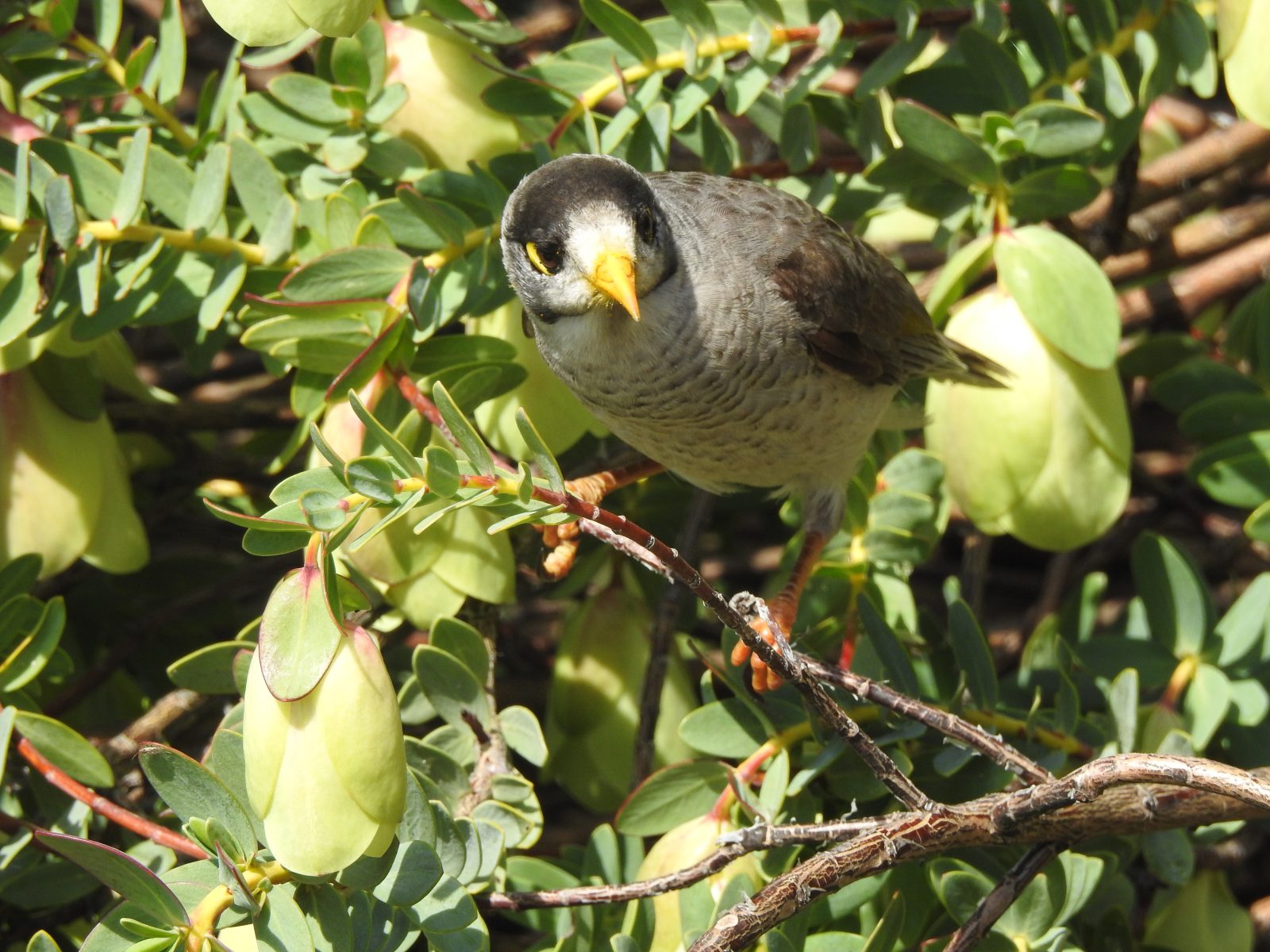
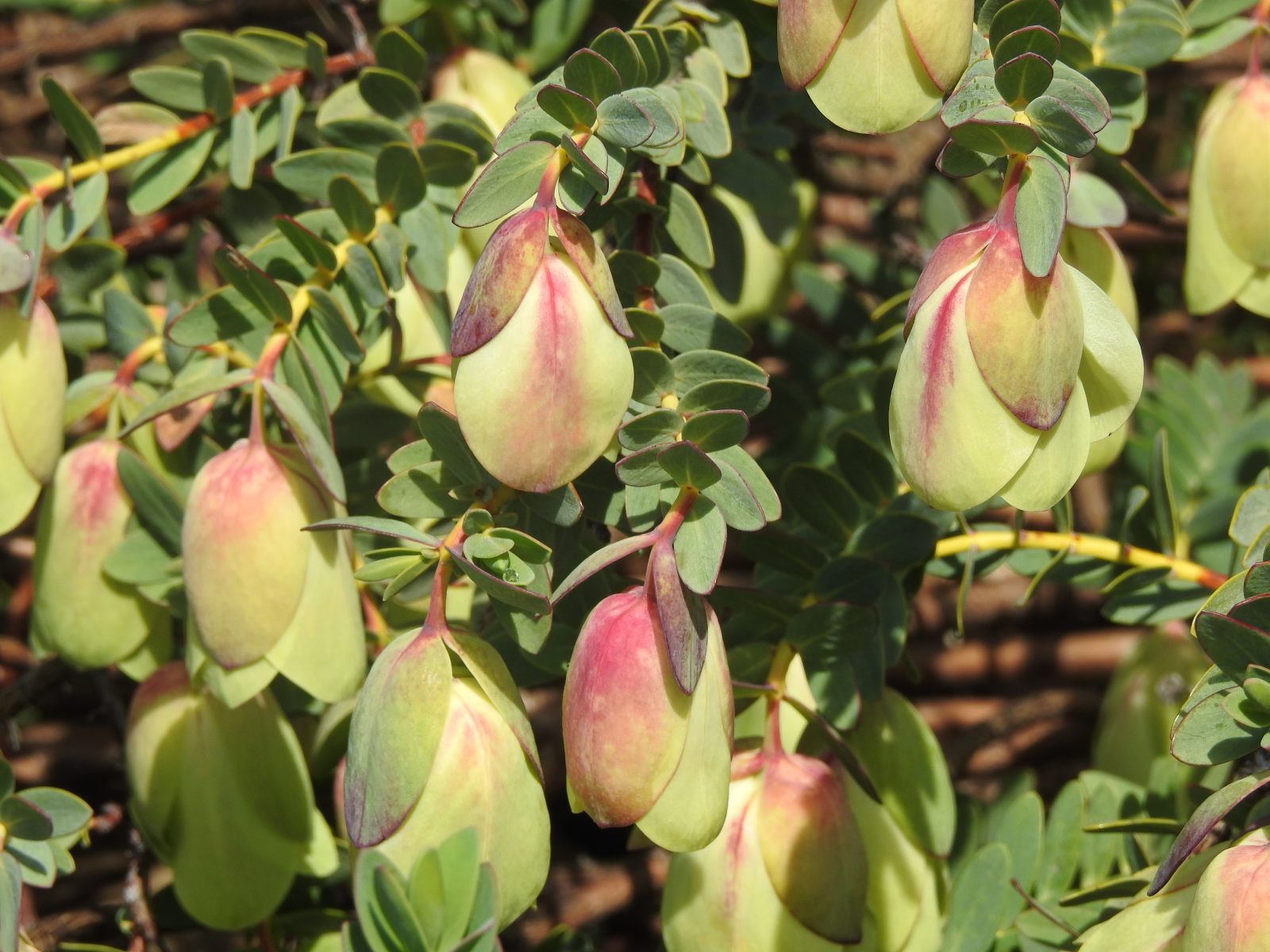
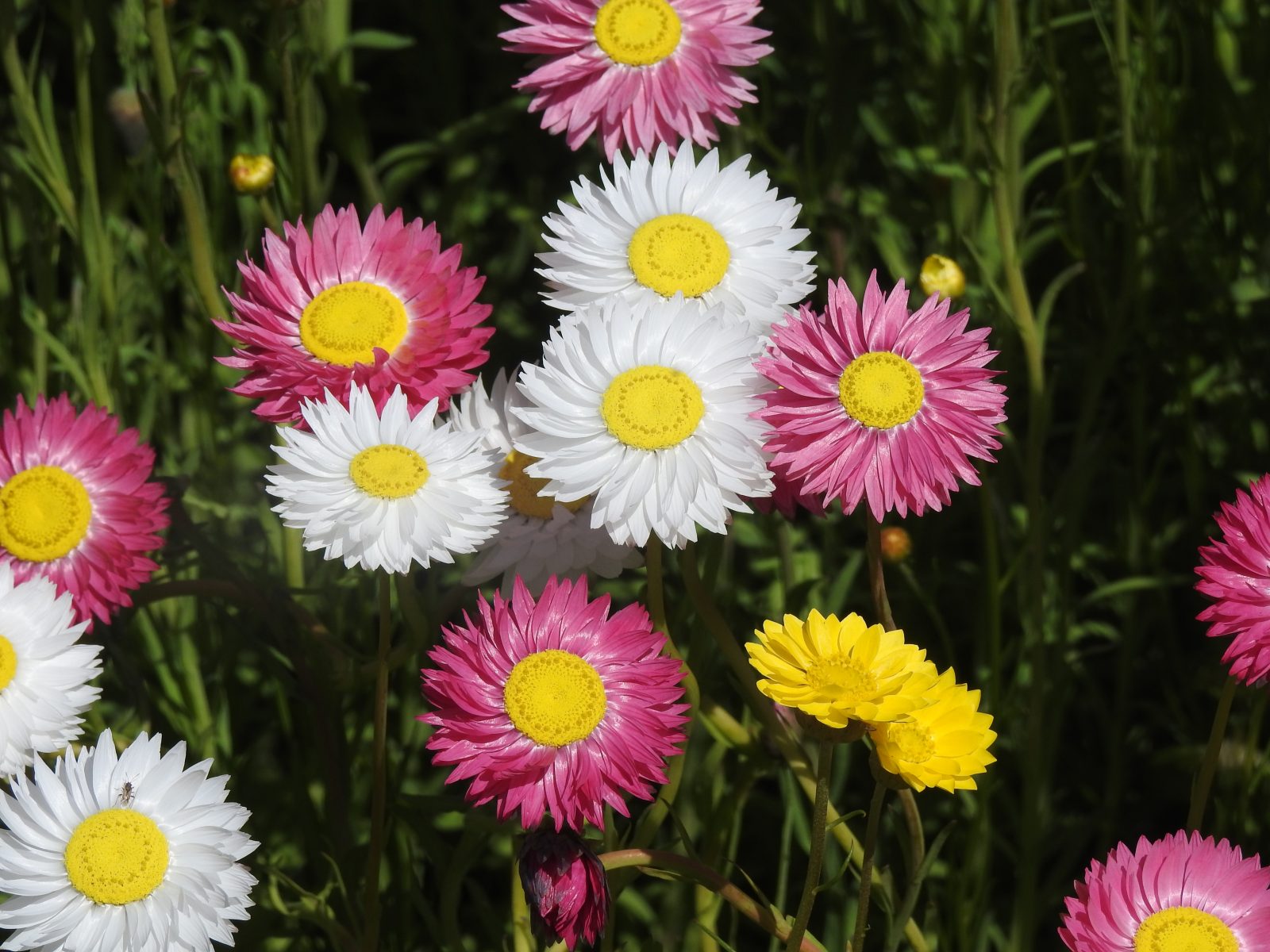
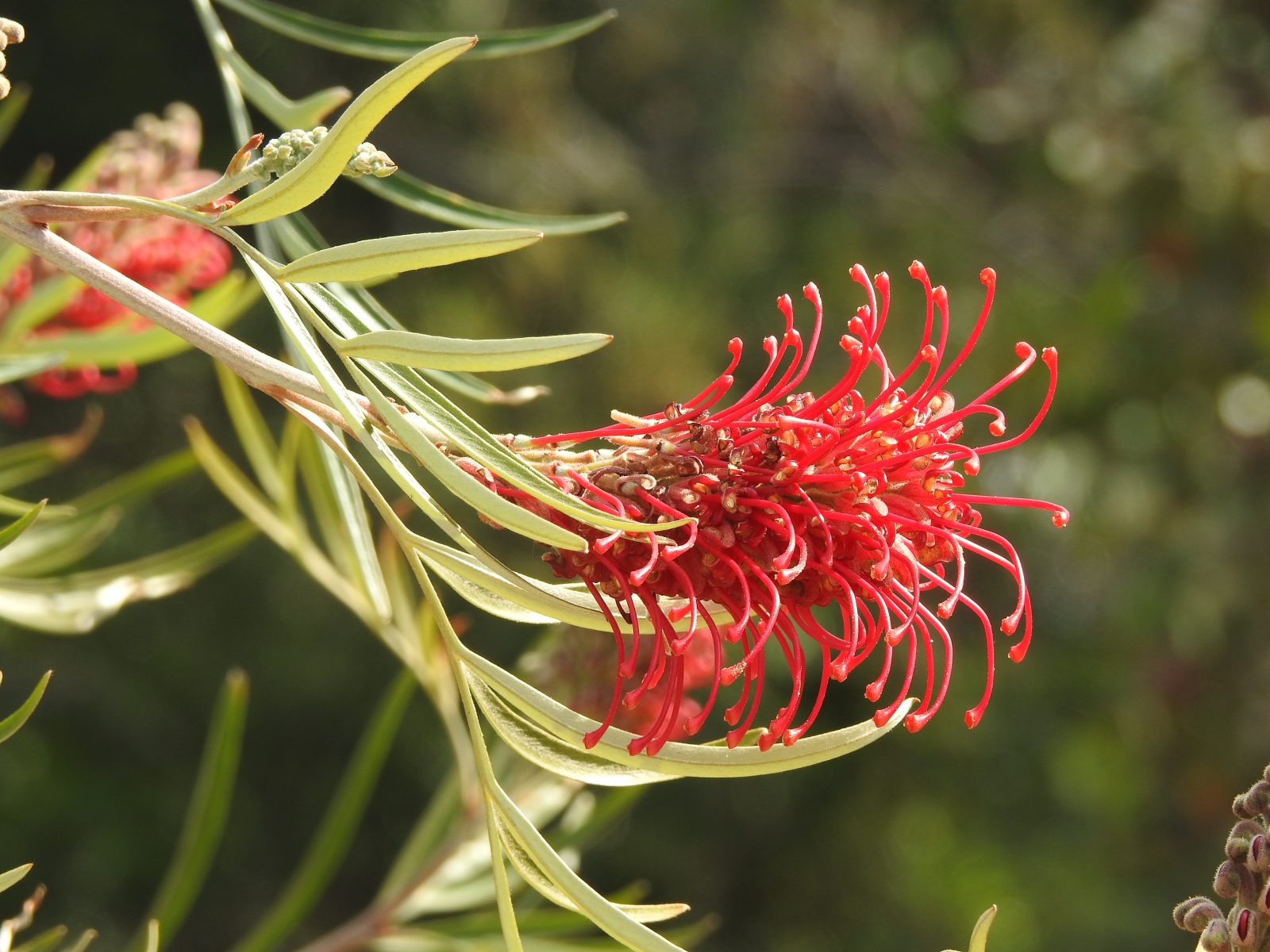
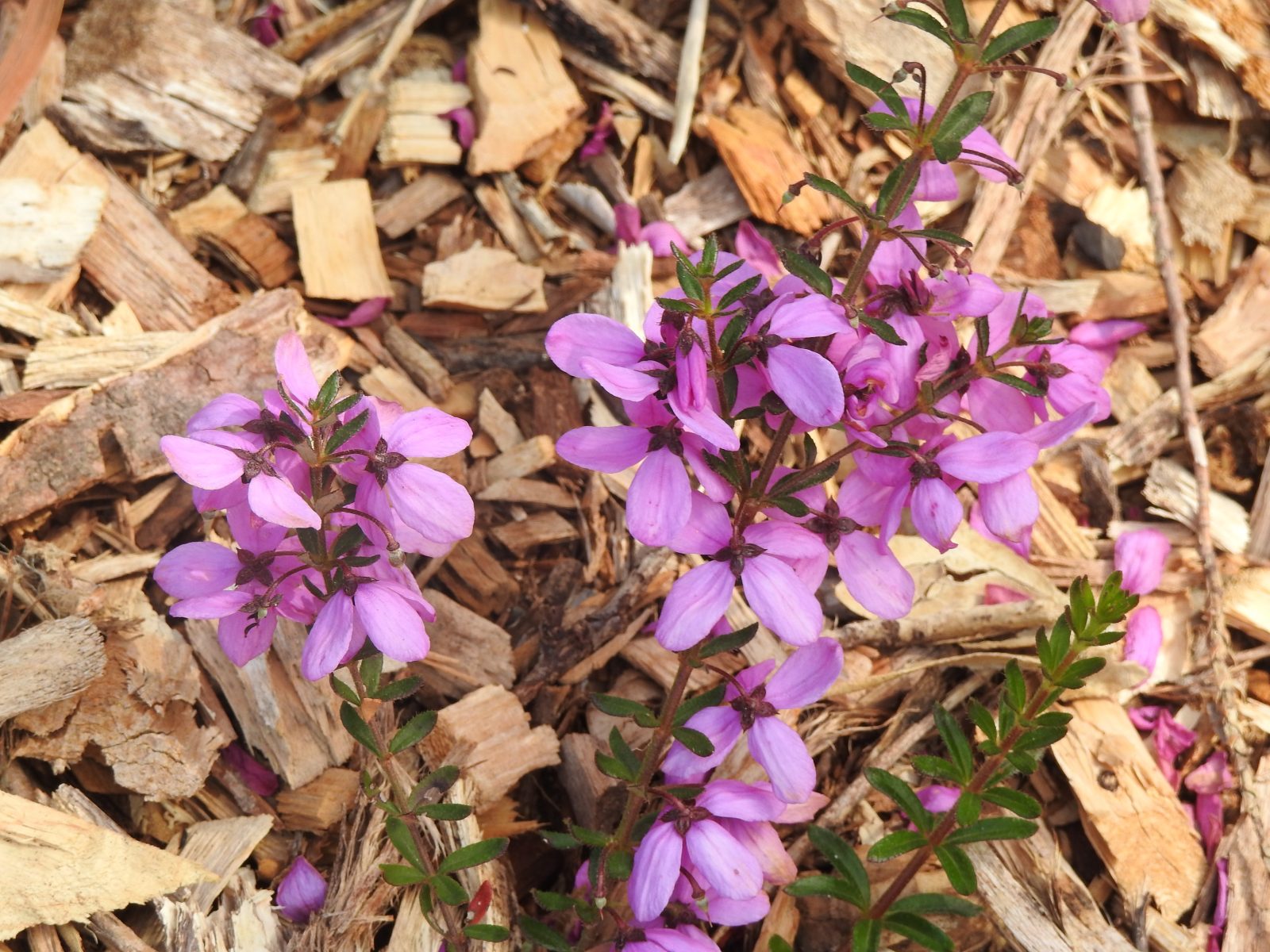
Dollarbirds in Lane Cove National Park
Last month I had the delight of spending a few weeks in Sydney with my son and his family. During this time I had the delight of attending my grandson’s 10th birthday party. These are special times indeed. Once the children had returned to school, I was free during the day to do some exploring on my own. On one of those days, I spent about four hours in the nearby Lane Cove National Park, a wonderful spot just ten minutes’ drive away. It was a mild, sunny day with a delightful breeze.
During my stay, I explored a few of the many picnic grounds and walking trails along the main road through the park, Riverside Drive. I made a pleasing list of the birds seen and heard, taking photos of those which came within camera range. I also found a lovely spot to have a picnic lunch and a cup of tea, overlooking one section of the Lane Cove River which runs through the park.
After lunch I still had about an hour to spare, so I drove over to the other side of the river and slowly drove along the Max Allen Drive, parking at the end of this road. I still had some hot water in my thermos so I made another cuppa. While I was enjoying my afternoon tea, I heard the calls of a bird I did not immediately recognise. One of the two birds landed where I could see it. I immediately recognised it as a Dollarbird. This was only my second ever sighting of this species – the other sighting being last year at the same time of year and in the same national park.
The two birds flew around a little while calling to each other. One landed within range of my camera so I took the photos shown above and below. Despite waiting for quite a long time, neither of the birds landed in a sunny position but stayed with the sun behind. I could have walked to the other side of the tree, but that would involve walking on the river. This means that my readers cannot see the lovely colours on the feathers. You can see a much better photo and more information about this species on the Birdlife Australia site here.
The Dollarbird is so-called because of the round, white spots underneath each wing when flying. Early observers thought that these looked like silver dollar coins. They are very prominent underneath a flying bird. They are widespread in eastern and northern parts of Australia but are absent in my home state of South Australia. (There are occasional sightings but these are vagrant individuals and are not resident in my state.) This species is a member of the Roller family of birds, with 11 other species in the family worldwide. The family name “roller” comes from their courtship display while airborne.
Next time I am in Sydney, I hope that I can get better photos of this species. I have also included below some of the wildflowers in bloom in the national park during my visit.
Good birding,
Trevor
Further reading:
Ku Ring Gai Wildflower Gardens – more than flowers
Yesterday I wrote about a visit to the Ku Ring Gai Wildflower Garden in St Ives in northern Sydney earlier this year. On that occasion, we were annoyed by a rather pesky Australian Brush Turkey which thought it had a right to some of our afternoon tea. It went away disappointed.
These gardens are a nature lover’s delight. Not only is there a good number and variety of birds present, but one can wander along the many walking and cycling tracks throughout the park, enjoying nature up close. As we were having our snack we were delighted to see a Swamp Wallaby carrying a joey in its pouch (see photo below). This was a real delight for our five-year-old grand-daughter.
Many other items intrigued our grand-daughter as she clambered through the bush with her grandmother. The fungi shown below held her attention for a while, not mean feat because she is always on the go.
She was also interested in the many flowers in bloom along the walking tracks. Knowing that her grandmother was interested in the flowers, she would race ahead, pointing out the new plant in bloom. She often became frustrated when we stopped too long to take photos of the flowers. Some of these are shown below.
